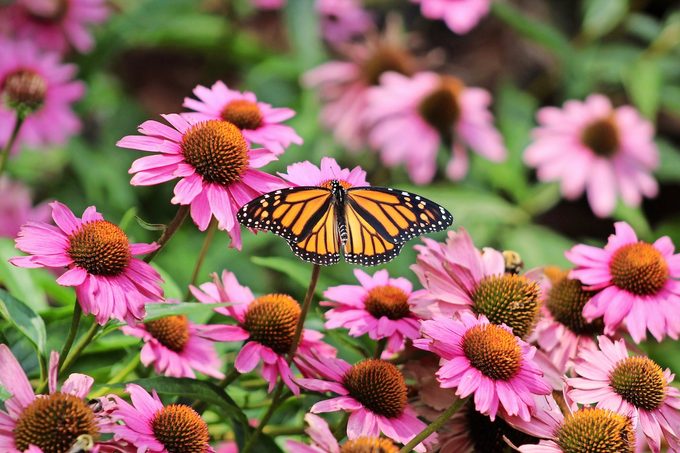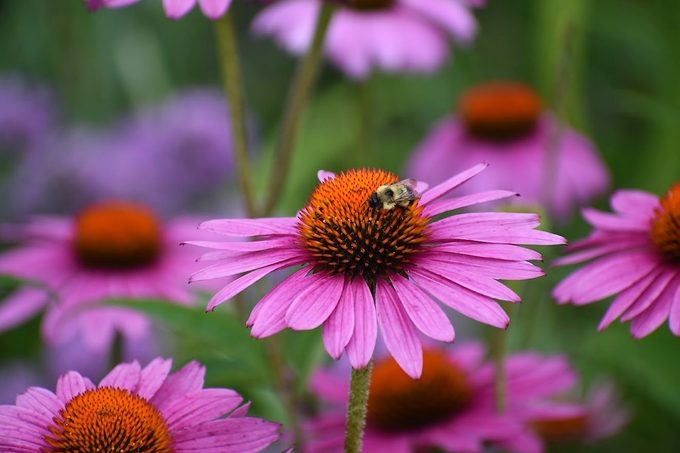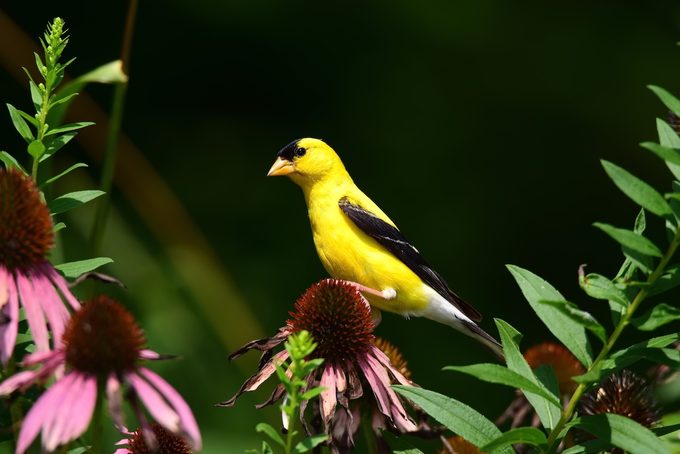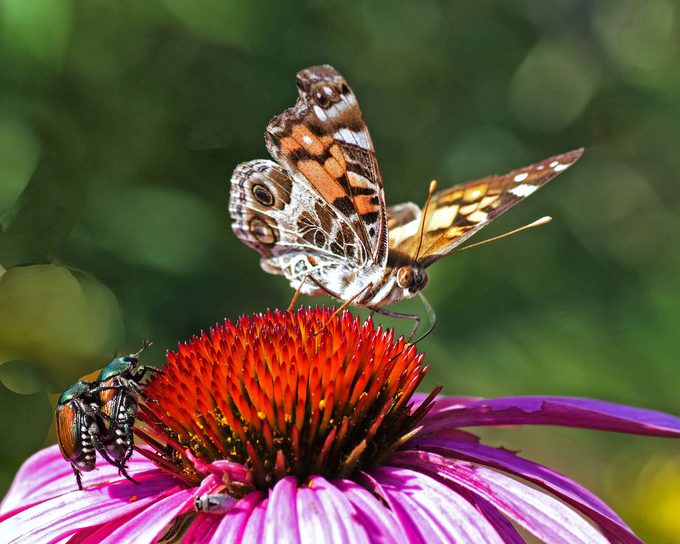Learn how to grow purple coneflower. Adding these flowers to your yard is easy — and they're one of the best garden and prairie plants.

Purple Coneflower Care and Growing Tips

On This Page
How to Grow Purple Coneflower
Common name: Purple coneflower
Scientific name: Echinacea purpurea
Hardiness zones: 3 to 9
Attracts: Birds, bees, and butterflies
Size: 2 to 5 feet tall, 1 to 2 feet wide
Grown for: A long bloom season that starts in mid-summer and goes through frost
These beloved perennials thrive in garden borders and beds, although they’re a welcome addition to cutting gardens, too. Beloved for their vibrant purple petals and their long-blooming flowers, purple coneflower plants have become a staple of backyard gardens and natural landscapes around the country.
Many gardeners especially enjoy their fuss-free nature. Growing best in full sun, coneflowers tolerate drought well (although should be watered weekly during their first growing season) and can reach heights of up to 5 feet.
When Do Purple Coneflowers Bloom?

A long blooming season ensures flowers remain from early summer through mid-fall. Coneflowers are low-maintenance and a great choice for everyone from first-time gardeners through experts. To keep their blooms going, it’s best to remove spent blooms during the summer months.
Benefits of Growing Purple Coneflower

Continuous purple blooms, minimal maintenance, and drought resistance make purple coneflower a true backyard rockstar. It brings in birds, bees and butterflies. On the other hand, deer typically leave it alone.
While deadheading is a great option during the summer, it’s best to let spent blooms remain in fall so birds can snack on the seeds.
Many species of butterflies visit purple coneflower during the summer, including monarchs, swallowtails, and painted ladies.
Purple Coneflower Diseases and Pests

While purple coneflower is known for its unfussy nature and ease of growing, gardeners should look out for a few possible issues. They can be susceptible to aster yellows, as well as powdery mildew: two common garden problems.
Deer generally avoid established coneflower plants, but fresh plantings might be browsed upon, and rabbits especially seem to enjoy them. Japanese beetles can also irritate gardeners growing purple coneflower.
RELATED:
- The Top 10 Coneflower Varieties to Grow
- Keep Your Perennial Coneflowers Coming Back Each Year
- How to Grow Coneflowers From Seeds
Sources
- North Carolina State Extension, “Echinacea purpurea“





















